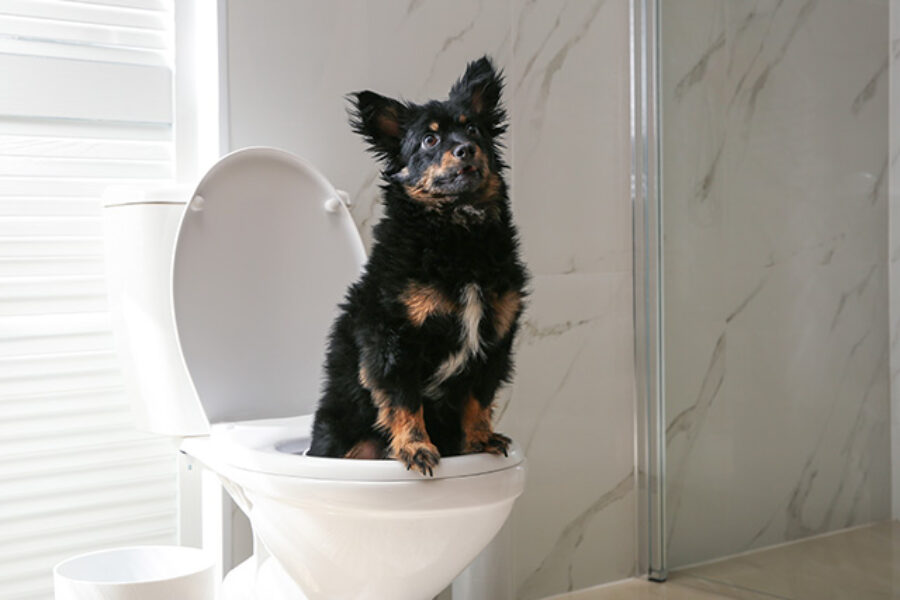Bringing home a puppy or dog can turn out to be a great and fulfilling experience for anyone. However, adopting a canine companion does come with its share of hurdles, as you will experience. Training the dog in many ways will be a necessity. Apart from teaching the dog to interact properly with other people and pets and teaching the creature to stay safe, you also have to teach potty training. It is quite necessary, and having a dog that does not adhere to potty training can be hard to manage.
Getting the basics right
Before you get into potty training your newly adopted dog or puppy, it is better that you have realistic expectations. It is not something that can be taught to a dog overnight or in a couple of days! It does take time, and you have to be consistent about putting in effort from your side. Success depends on patience, consistency and your capacity to deploy positive reinforcement.
When you have to potty train a puppy and a dog
It is always better if you try to train a puppy over a grown-up dog. Puppies adapt to new routines set by their owners a little better than adult dogs. You can adhere to the following tips.
- It is good to take your puppy out of the house after each meal. Young dogs and puppies take time to figure out the right timing for discarding waste.
- It will be helpful if you stick to a feeding schedule. If the puppy is fed at a fixed time every day, he/she will feel the urge at the same time, almost. This will help evade confusion.
- It is okay to try Crate Training but ensure the crate is spacious enough for the puppy. Some dog breeds grow rapidly, and that is not the case with others.
- You may offer verbal cues to your puppy for potty training. Every time the animal eliminates outside the home or at the right spot, offer him or her treats. However, if the animal does so inside the house, do not resort to rough tactics.
- You have to be watchful for cues given by your puppy or dog when he/she needs to eliminate them. This may differ from one dog to another. Some dogs may start barking or making a certain sound before they eliminate it. Some may give you more direct hints, like going towards the door. They may even sniff and make circles in the room fast.
- If you take your dog or puppy out of the house for potty needs, it is better that you use a leash. This will ensure you can control where the dog does eliminate while giving the creature some flexibility. Having the dog on a leash ensures he/she just cannot run into a neighbour’s place and does the job there!
Things to keep in mind
Not every dog has a similar temperament. This is applicable to potty habits and schedules as well. You have to be more careful and patient when adopting a rescued adult dog previously owned by someone else. Such dogs already have a habit of eliminating one at a time. You have to work harder on those dogs, and losing patience will not help either of you! Once the dog understands your cues and forms a regular habit, things will fall into place.







